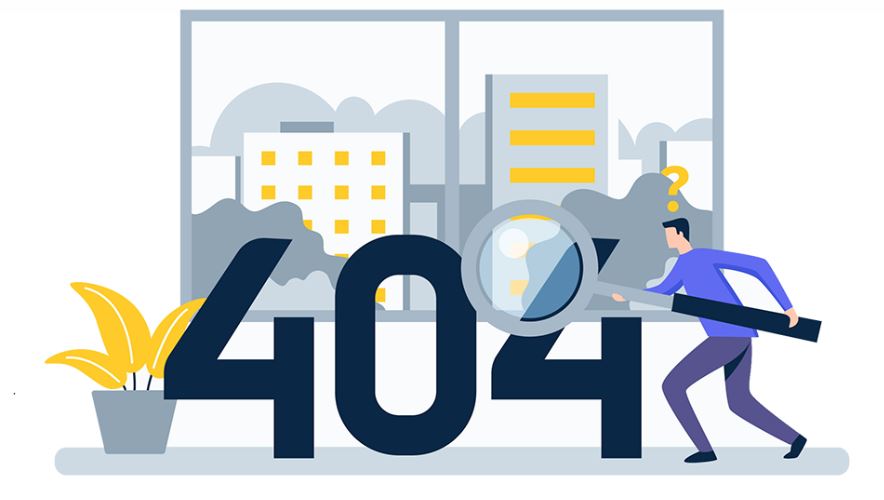

We're sorry, but it appears the website address you entered was incorrect, or is temporarily unavailable. If you have an urgent request, please contact us through the following +255 764 415 889 (WhatsApp available) or sales@africanaturaltours.com.
BACK TO HOME